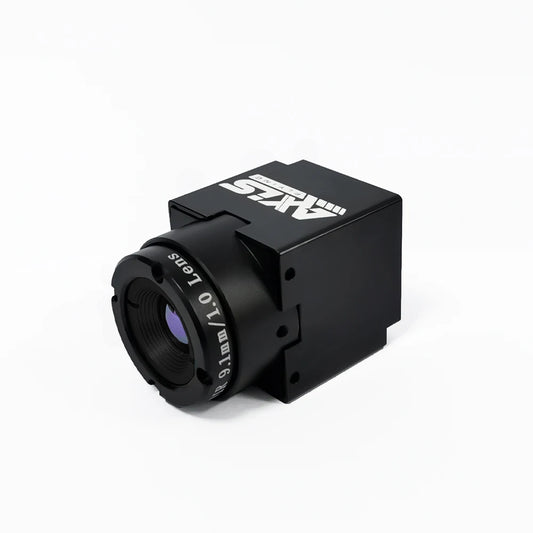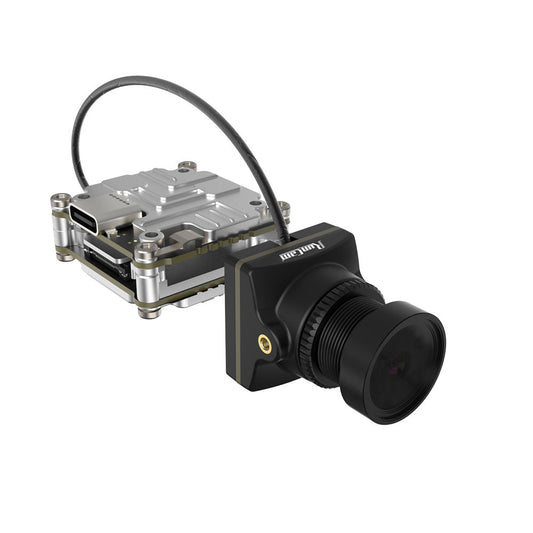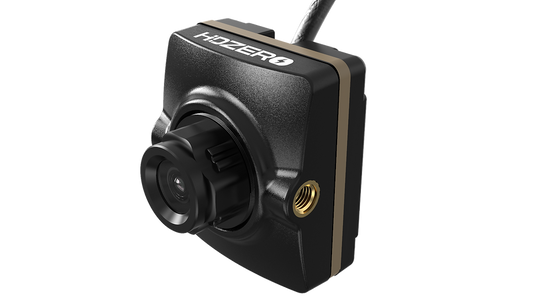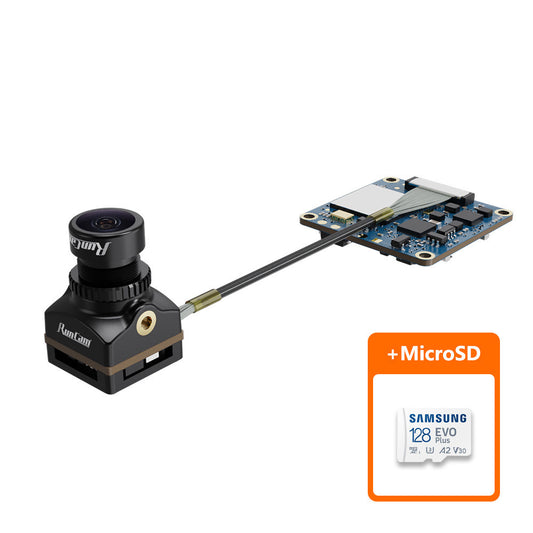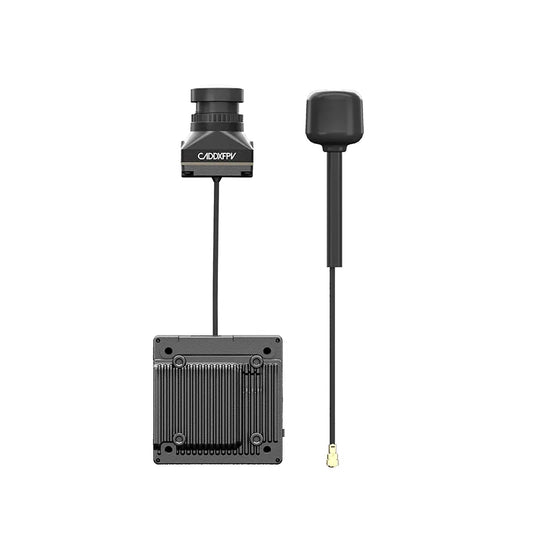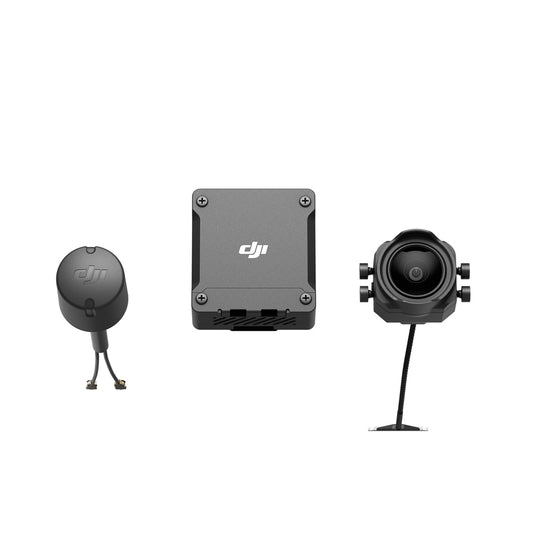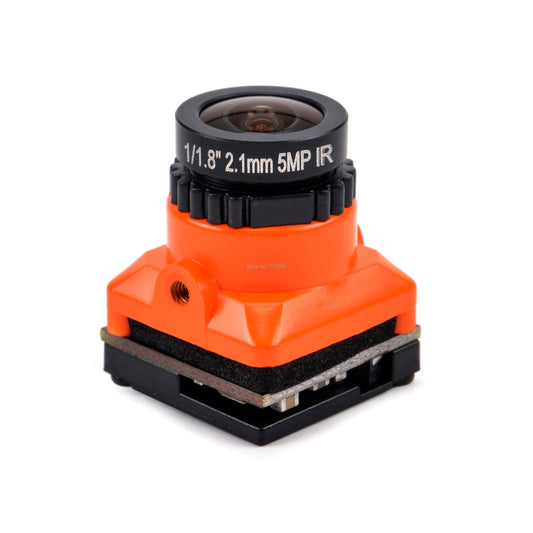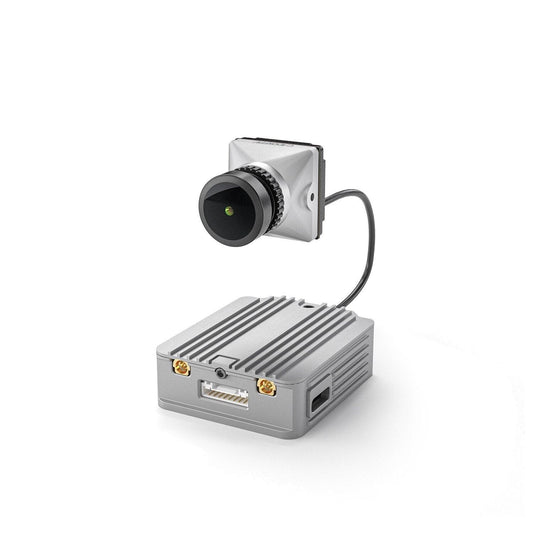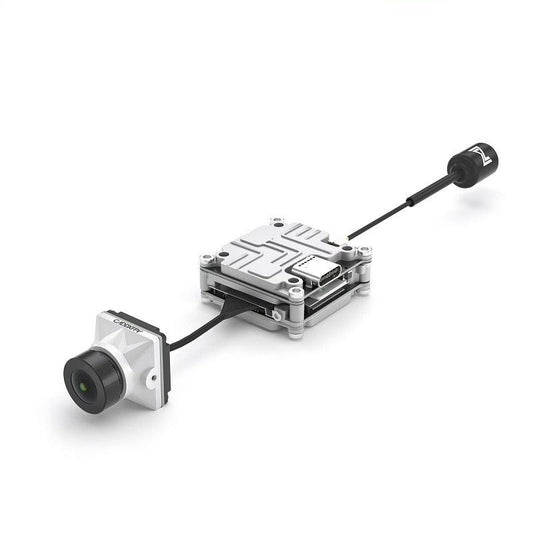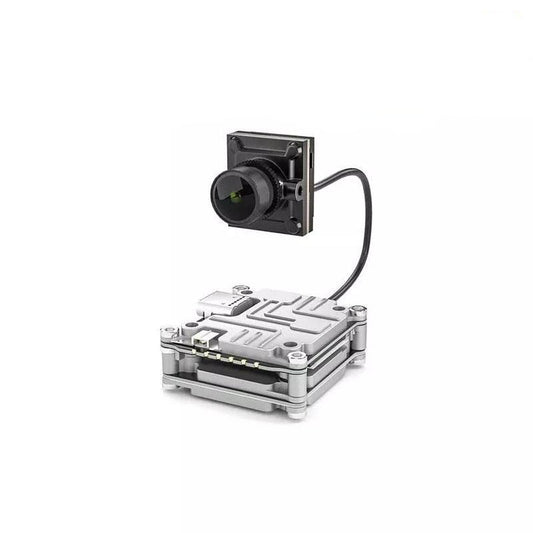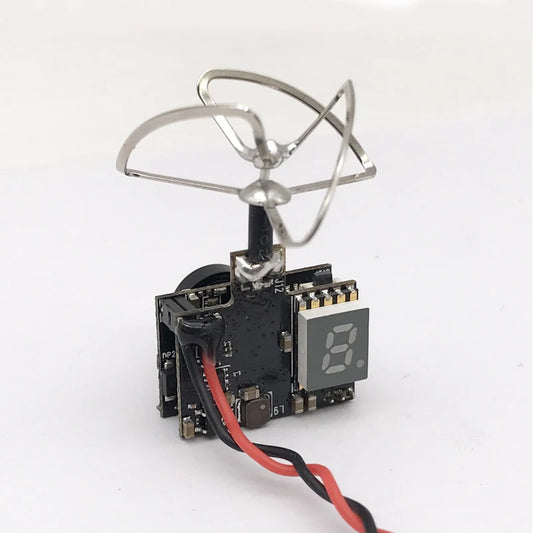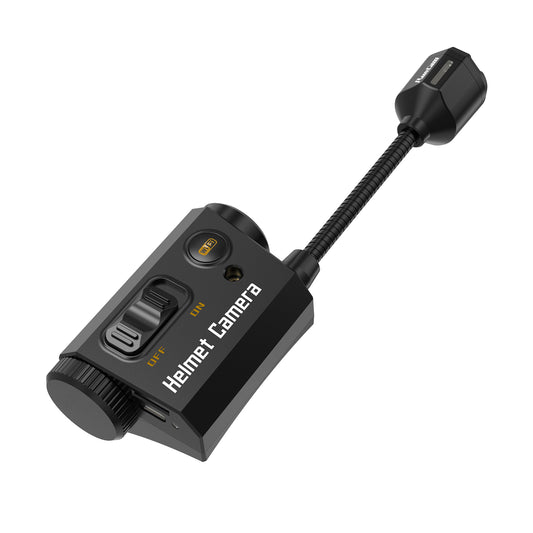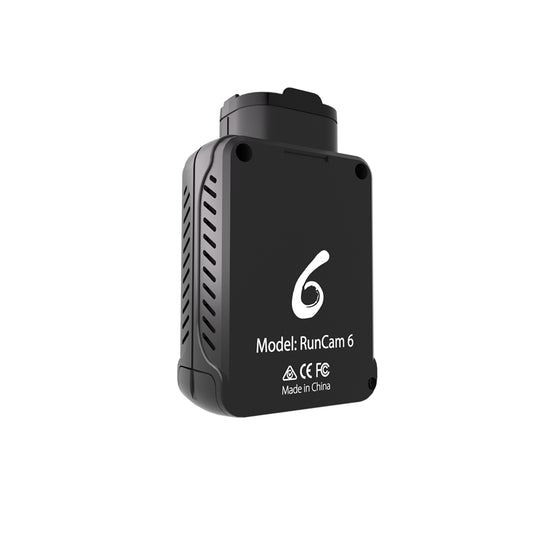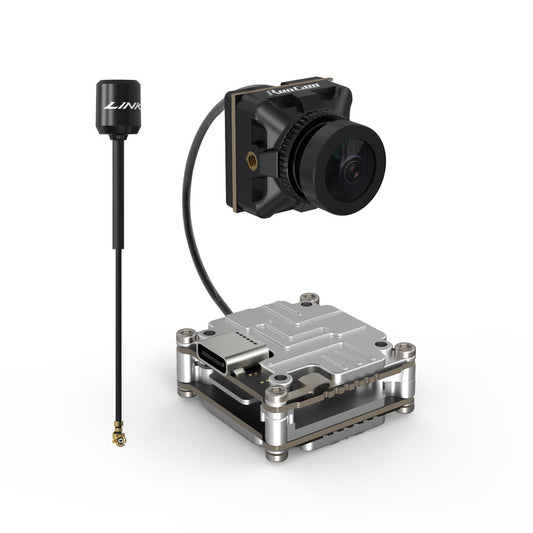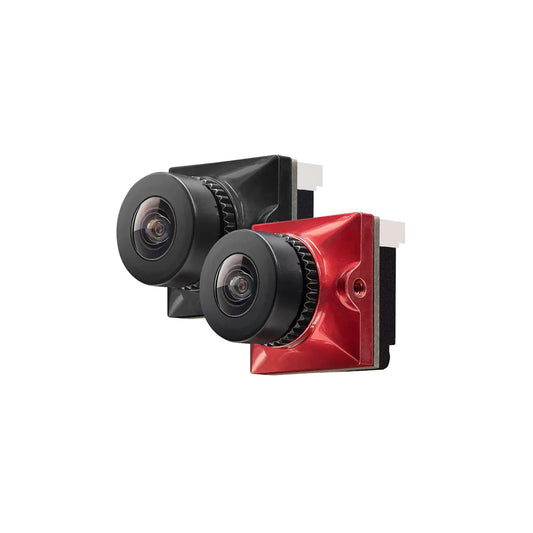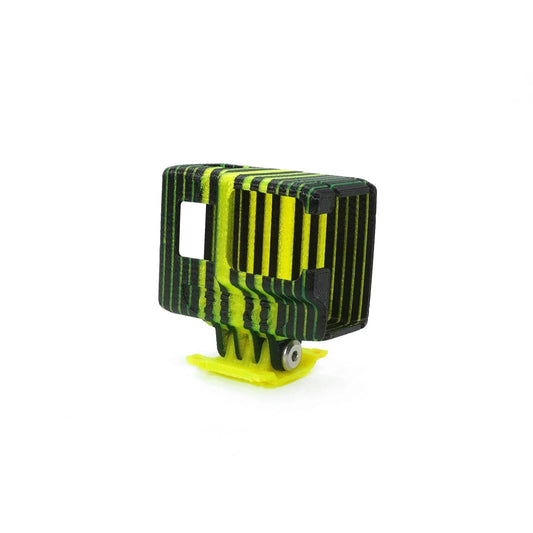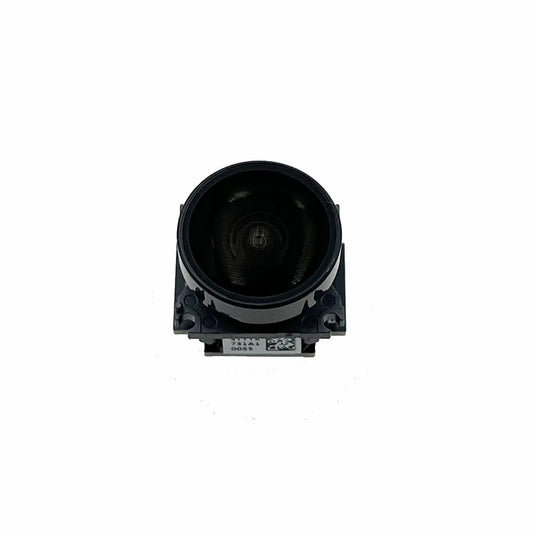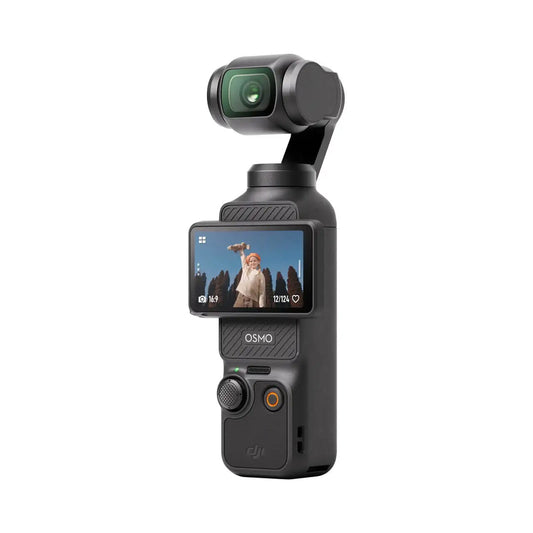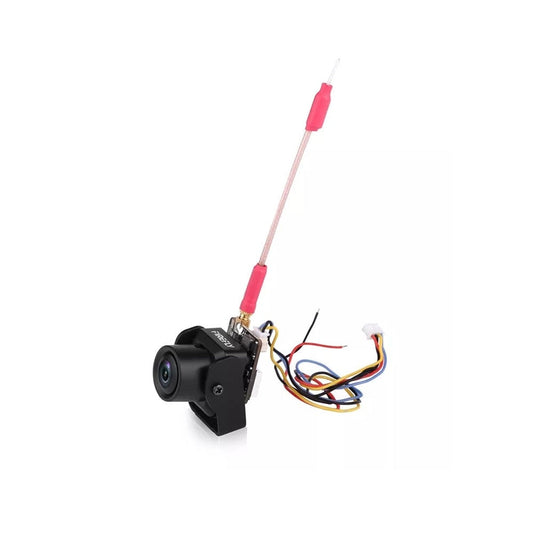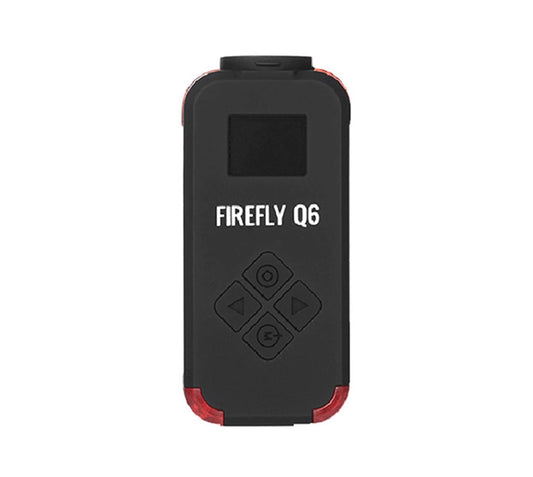-
Axisflying 640 Thermal Imaging Camera - 640*512 60FPS 40MK Thermal Camera for FPV Drone Camera
Regular price From $259.00 USDRegular priceUnit price per -
DJI O4 Air Unit & O4 Air Unit Pro – Ultimate FPV Video Transmission System
Regular price From $149.00 USDRegular priceUnit price per -
Axisflying Dual Camera Model Thermal Imaging FPV Camera for Day and Night
Regular price From $289.00 USDRegular priceUnit price per -
Foxeer Nano Toothless - 1200TVL 100dB Super WDR FPV camera
Regular price $66.00 USDRegular priceUnit price per -
RunCam Link Digital FPV Air Unit Night Eagle HD Camera Version
Regular price From $89.00 USDRegular priceUnit price per -
Caddx IRC-640CA IRC-384CA 640x512 384×288 Analog Thermal Imaging Camera for FPV Drone
Regular price From $699.00 USDRegular priceUnit price per -
Foxeer Micro Night Cat 3 - 1200TVL 0.00001lux IR Sensitive 850nm IR Light Night Vision FPV Camera
Regular price $75.00 USDRegular priceUnit price per -

Foxeer Mini Night Cat 3 - 850nm IR Light 1200TVL 0.00001Lux IR Sensitive Night Vision Camera
Regular price $73.00 USDRegular priceUnit price per -
Foxeer Micro Predator 5 - M8 Lens 4ms Latency Super WDR Flip 1000TVL Racing FPV Camera
Regular price $52.00 USDRegular priceUnit price per -
HDZero Nano Lite Camera - 1/2" 720P@60fps FOV 130° Digital FPV Camera
Regular price $79.00 USDRegular priceUnit price per -
RunCam Split 4 Camera - 4K/30fps 2.7K/60fps 4:3 16:9 FPV Camera
Regular price $105.00 USDRegular priceUnit price per -
Caddx FPV Walksnail Avatar HD Pro Kit 32G VTX KIT - With Gyroflow 4km Range 22ms Low Latency For Avatar Goggles
Regular price From $79.13 USDRegular priceUnit price per -
HDZero Lux Digital FPV Camera – 720p60, 1/2'' CMOS, 4:3/16:9, 2.3g Ultra-Light for Whoop Drones
Regular price $69.00 USDRegular priceUnit price per -
Axisflying 384*288 Thermal Camera For Drone
Regular price $579.00 USDRegular priceUnit price per -
Axisflying 256x192 Thermal Imaging Camera For FPV Drone Small Model
Regular price $259.00 USDRegular priceUnit price per -
DJI O3 Air Unit - Digital Transmission System for FPV Drone, Compatable with DJI Goggles 2/FPV Goggles V2/Remote Controller2
Regular price From $19.00 USDRegular priceUnit price per -
NEW 1/3 CMOS 1500TVL B19 Mini FPV Camera - 2.1mm Lens Power 5V-30V PAL / NTSC With OSD Internal Adjustable For RC FPV Racing Drone
Regular price $21.23 USDRegular priceUnit price per -
CADDX Polar Air Unit Kit Starlight Digital HD FPV System for DJI FPV drone Avata FPV Remote Controller 2
Regular price $208.28 USDRegular priceUnit price per -
Caddx Nebula Pro Vista Kit Digital HD FPV System
Regular price $209.57 USDRegular priceUnit price per -
Caddx Nebula Pro Polar Nano Vista Kit Air Unit HD FPV System CaddxFPV for DJI Goggles V2
Regular price From $137.77 USDRegular priceUnit price per -
IMX219-83 8MP 3D Stereo Camera Module for Jetson Nano/Xavier NX, 83° FOV, Dual Sony IMX219, ICM20948 IMU
Regular price $63.00 USDRegular priceUnit price per -
ViewPro Q10F Camera - 3 Axis Gimbal 1080P Single Sensor
Regular price $1,199.00 USDRegular priceUnit price per -
Foxeer Razer Mini V3 FPV Camera
Regular price $35.00 USDRegular priceUnit price per -
Foxeer Nano Predator 5 Racing Camera - 4ms Latency Super WDR Flip 1000TVL FPV Camera
Regular price $52.00 USDRegular priceUnit price per -
Super Mini AIO 5.8G 40CH 0/25MW/50MW/200MW VTX 600TVL Switchable 1/3 Cmos Camera For RC FPV Multicopter Drone Car part
Regular price $22.86 USDRegular priceUnit price per -
RunCam Helmet Camera Recorder - 1920*1080 60fps 1/2.9" Sensor FOV 155° Long Battery Life Action Camera
Regular price $85.00 USDRegular priceUnit price per -
RunCam 6 Action Camera - 4K/30fps 1/2.3" Sensor EIS&GyroFlow Supported OLED Display 128G SDCard FPV Camera
Regular price From $125.00 USDRegular priceUnit price per -
RunCam Link MIPI HD Kit - 8 Channel 720P/60fps 4KM 5.8GHZ VTX Digital FPV AIR UNIT MIPI Camera Version
Regular price From $50.00 USDRegular priceUnit price per -
CADDXFPV Ratel2 Analog Camera
Regular price $40.00 USDRegular priceUnit price per -
GEPRC MARK5 FPV Camera - 5/6/7/8/9/10 Adjustable TPU Mount Suitable Mark5 GPS Drone for DIY RC FPV Quadcopter Accessories Parts
Regular price $27.98 USDRegular priceUnit price per -
Original New Camera Lens Chip for DJI Avata Gimbal Camera - Assembly Repair Parts
Regular price $45.65 USDRegular priceUnit price per -
DJI Osmo Pocket 3 - Vlogging Camera with 1'' CMOS&4K/120fps Video Face/Object Tracking 2" Rotatable Touchscreen Small Video Camera
Regular price From $723.97 USDRegular priceUnit price per -
Hawkeye Firefly Fortress Micro FPV Camera - AIO 2.1mm 1/3 960H TVL Mini Camera w/ 5.8G 200mW Transmitter VTX for Drone 1S - 6S RC Car
Regular price From $29.46 USDRegular priceUnit price per -
Hawkeye FIREFLY Q6 Action Camera - 1080P / 4K HD Multi-functional Sports Camera Action Cam Black Yellow For FPV Racer Part Drone Accs
Regular price From $85.27 USDRegular priceUnit price per -
Fatshark 1/3'' 700TVL WDR CMOS V2 100 Degree Fixed Mount FPV Camera NTSC/PAL Switchable Better Than V1
Regular price $71.29 USDRegular priceUnit price per -
RTF 2 Axis Metal Brushless Gimbal - for GoPro 3 / Xiaomi / SJ4000 Camera 1 2 Walkera X350 Pro, w/ BGC Controller Board 2208 Motors
Regular price $52.41 USDRegular priceUnit price per
